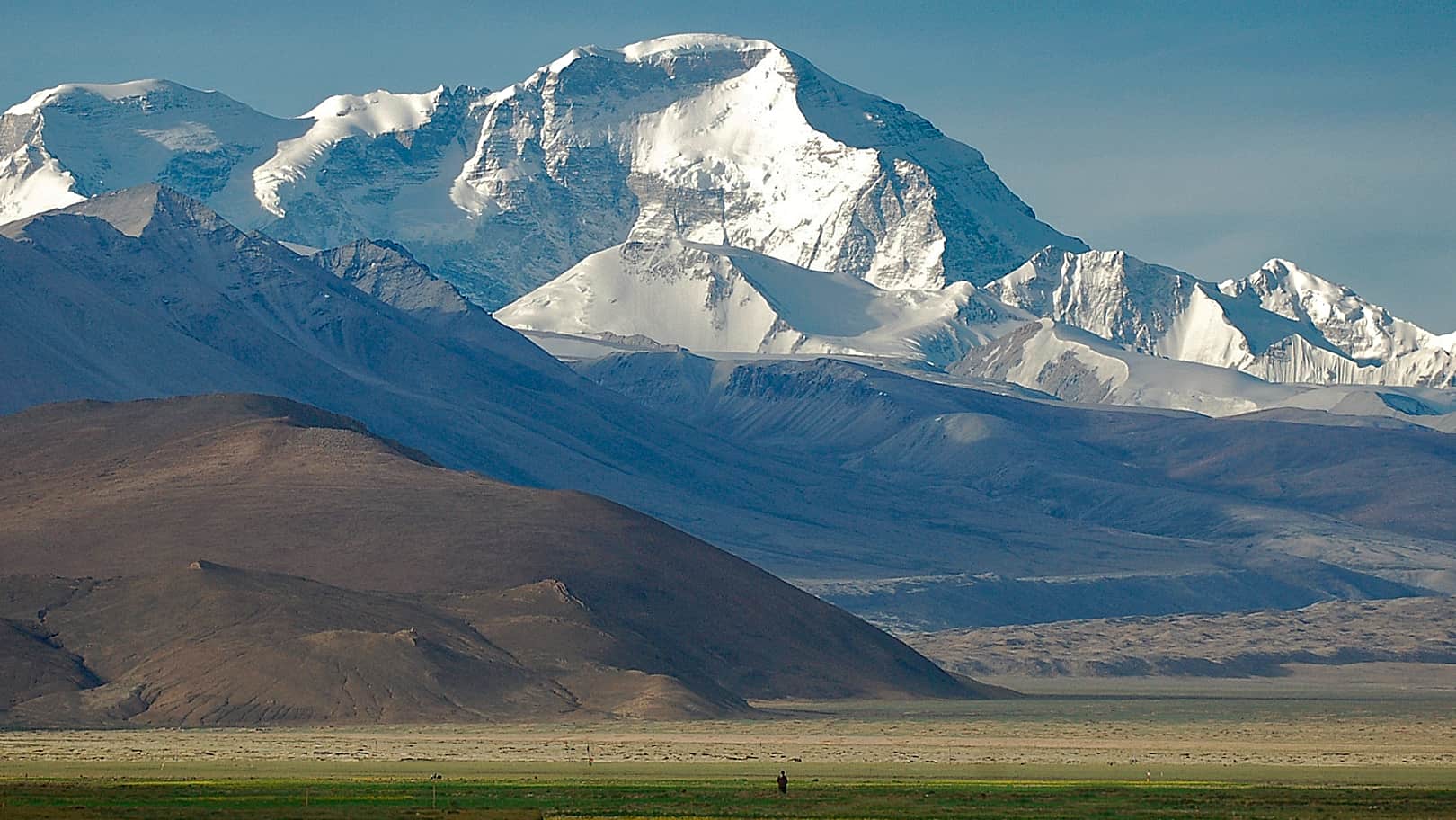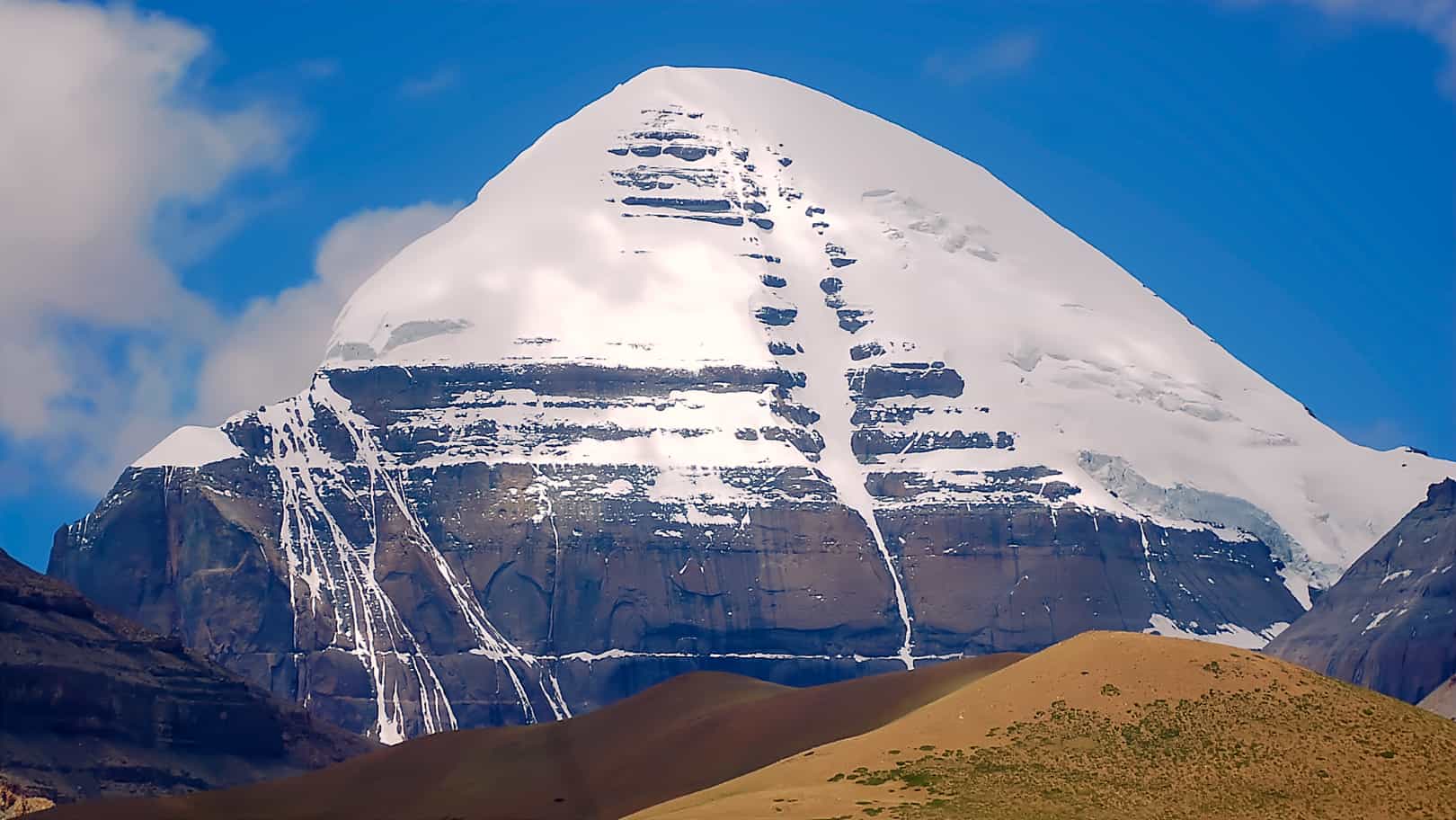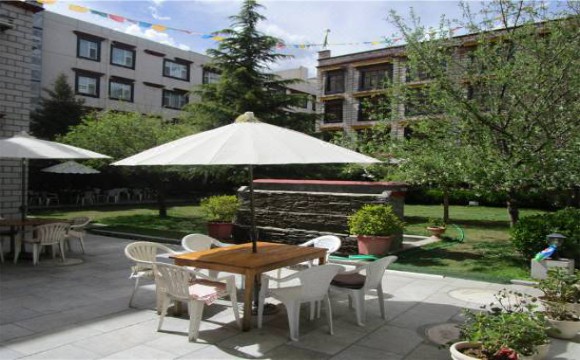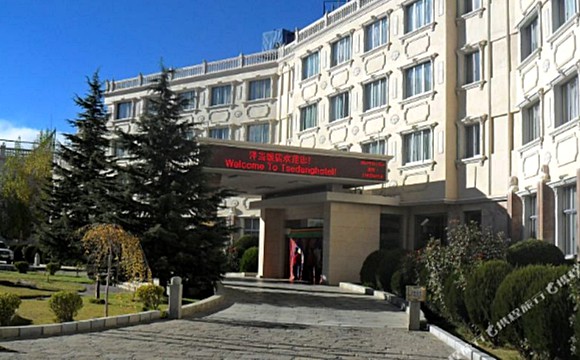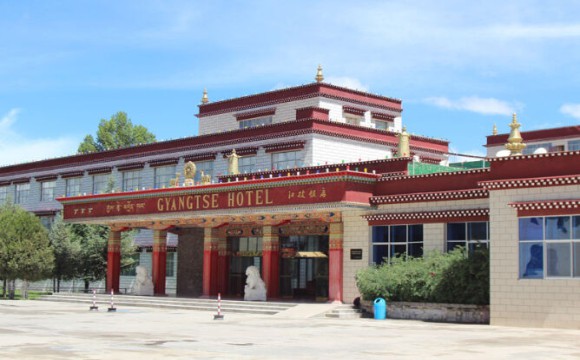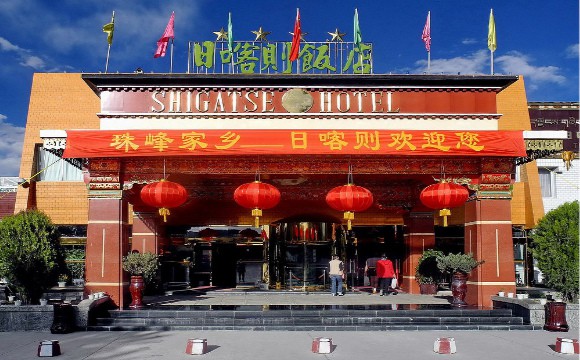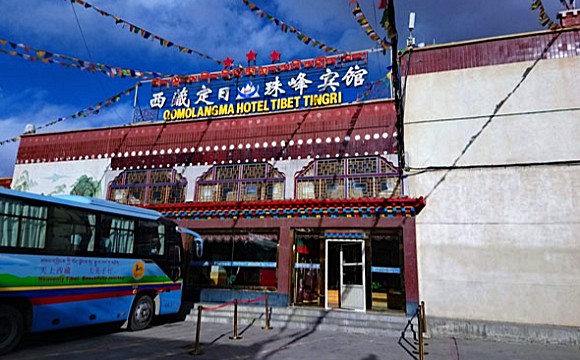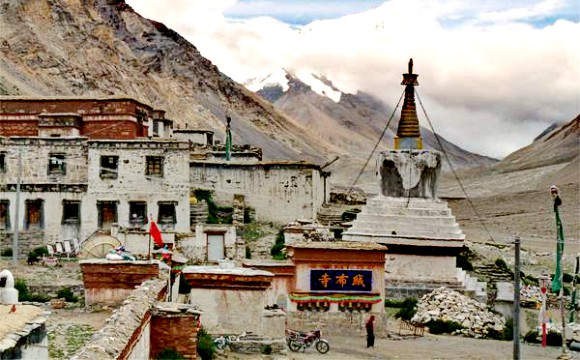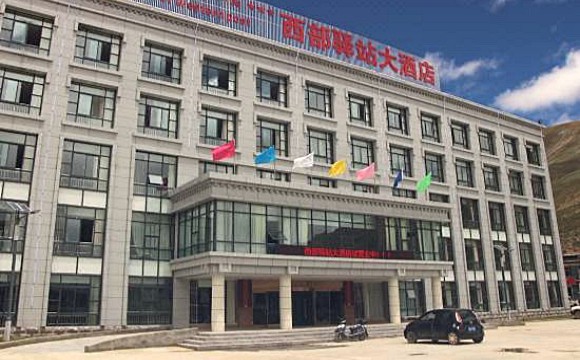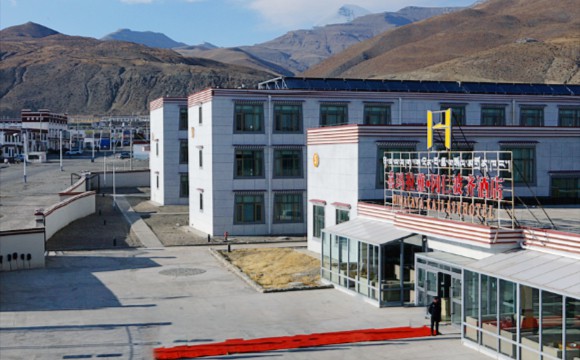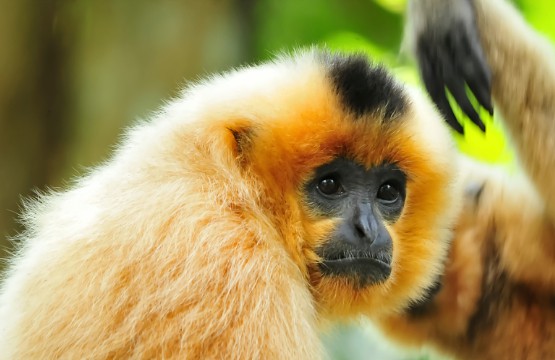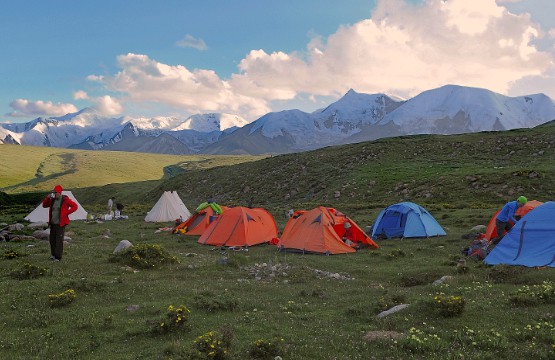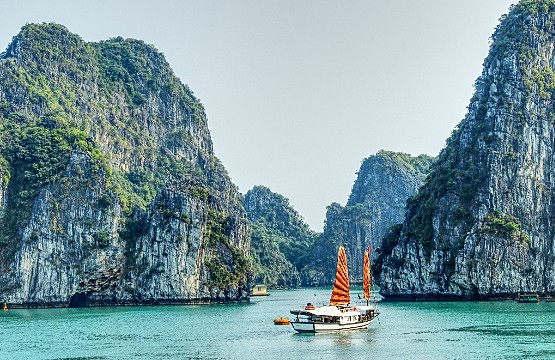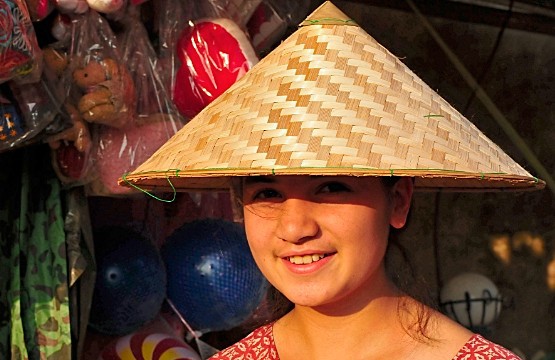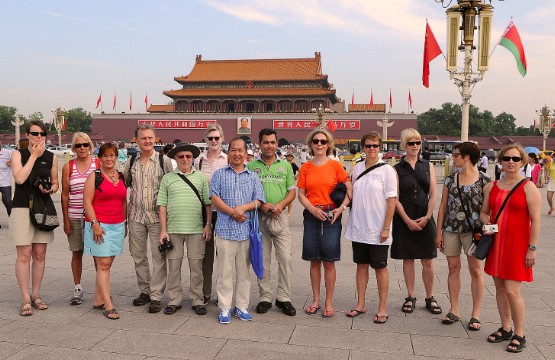Holy Mt Kailash, Divine Mountains & Lakes of the Himalayas
This wild, remote journey starting from Lhasa the exotic capital of Tibet takes us deep into a region of central and far western regions of Tibet where the diverse journey reflects the Silk Route trade of olden times; old men and women with weathered, turning the wheel of Dharma chanting... More
This wild, remote journey starting from Lhasa the exotic capital of Tibet takes us deep into a region of central and far western regions of Tibet where the diverse journey reflects the Silk Route trade of olden times; old men and women with weathered, turning the wheel of Dharma chanting prayers. The nomads, in their turquoise, coral and amber necklaces and Tibetan ‘chubas’ worship in their Tibetan Buddhist Gompas and animism still is visible in many forms.
We embark on an epic cross-Tibet jeep expedition from Lhasa to western Tiber via the scenic southern route, thus seeing much of central Tibet and head towards Everest Base Camp North Face, covering the high plateau approaching the great spine of the Himalaya, Everest, Cho Oyu and Shishapangma. The three 5000m road passes are quite unbelievable viewpoints, and finally we reach Holy Mt. Kailash & Lake Manasarovar our final destination.
Western Tibet or Ngari as it is known to Tibetans, is one the most beautiful and remote parts of Asia and the main attractions of this region: sacred Mt. Kailash (6,714 m.), Lake Mamasarovar. The journey is marked by stunning, if desolate, scenery and Holy Mt. Kaialsh and Lake Manasarovar are two of the most remote travel destinations in the world. Situated in the far corner of the Tibetan plateau, this legendary snow capped jewel is revered by different religions (Hinduism, Buddhism, Jainism & Bonpo) as one of the most sacred and challenging pilgrimages in the world. Four of the orient’s greatest rivers, the Bhramaputra, the Sutlej, the Indus, & the Ganges originate from and around the Mt. Kailash.
For the Hindus, Holy Mt. Kailash is regarded as the earthly manifestation of Mt. Meru, a spiritual centre of the universe, which is described in the Hindu mythology as a fantastic pillar of 84,000 miles around which everything revolves with its root to the lowest hell and summit touching the heaven. Mt. Kailash is itself is an abode of Lord Shiva, lord of the universe, who shares this magnificent mountain with his consort Parvati. There, at the base is the sacred Lake Manasarovar, where a bath offers a pilgrim an access to Brahma’s (Hindu god for creation) paradise and drink of it holy water wipes out the sins of hundred lifetimes. For Jains, a religious group in India with many similarities with Buddhist, Mt. Kailash is taken as the holy pilgrimage where their first prophet achieved enlightenment.
For the Tibetans, Mt. Kailash is known as Ghang Rimpoche (Jewel of the Snow) of Tise (Tibetan name) like Hindu, recognize Mt. Kailash as the manifestation of Mt. Meru, the navel of the world’ rising just like the handle of a mill-stone into the heavens. Milarepa , a poet-saint of Tibet is believed to have spent several years meditating in a cave in this holy Mt. Kailash.
Mt. Kailash is equally sacred for the Bon religion. The mountain is the site where its founder, Shranrab is believed to have descended from heaven. However, it is interesting to know that the Bon people circumambulate the holy mountain in an anti-clockwise manner just opposite to the Hindus & Buddhist.
The Kailash Kora, in the high plateaus of the Ngari region in western Tibet, is one of the most spectacular short treks in the Himalaya, crossing the Dolma La (5,600 m) to erase the sins of a lifetime.
LessGiving back to the communities is our responsibility!
With every trip, you also support the SWAN and thus projects for Sustainable Community development and Biodiversity protection.
Our primary NGO partner is Social Welfare Association of Nepal (SWAN), with whom we have carried out multiple CSR (Corporate Social Responsibility) projects. Besides carrying out regular CSR activities in the areas of education and women empowerment, we have supported relief and rehabilitation initiatives in the aftermath of several natural disasters like earthquake, immediate response to COVID-19 pandemic across Nepal.
Giving something back to the world is a special and responsible affair of travel-to-nature Asia right from its inception. When you travel with travel-to-nature Asia and SWAN-Nepal, you become an integral force for change in addressing the most pressing social and wildlife conservation issues. Your tourism funds help transform the future of under-privileged and marginalized communities and transform the future of at-risk natural places you travel. Portion of our profit flows to local communities who live with and steward nature, creating jobs and improving livelihoods.
By joining one of our holidays you are playing a vital role in bringing positive changes in the lives of local community.










